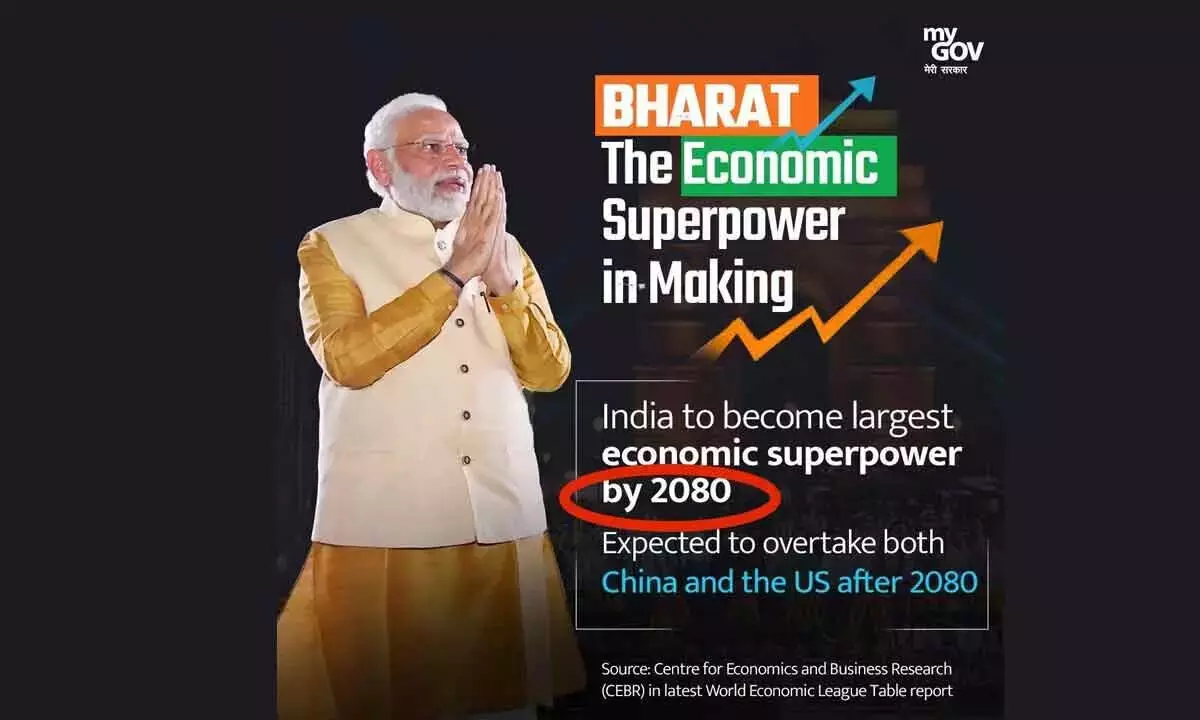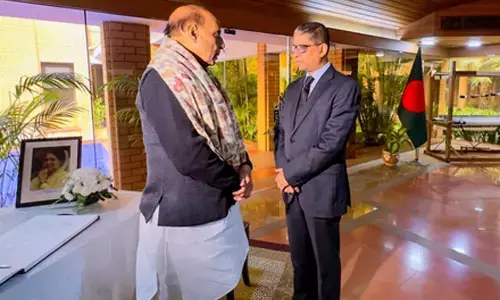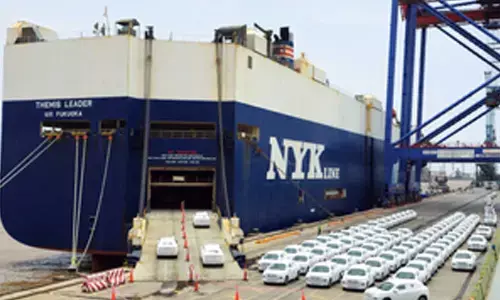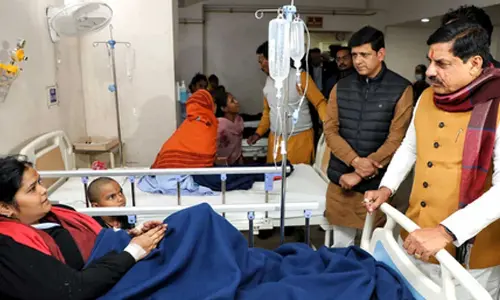The path to becoming a ‘super power’ can be charted effectively by Indian policy makers

Govt adopting solutions like clean hydrogen, energy storage, carbon capture & sustainable aviation fuels
A ‘superpower’ nation can be identified by the four pillars of power: economic, military, political and cultural. Economic power can be demonstrated by the size of a country’s GDP, the strength of their currency and participation in global economic partnerships such as G8.
India continues to be the leader in the field of IT and IT-enabled services. Driven by a world-class local talent, innovation and advanced technology, its IT sector is powering the nation’s growth and attracting foreign investments.
This is to ascertain that India is emerging as a global powerhouse in advanced energy solutions. It is the largest country in the world by population and fifth by size of national economy. It is also the third largest in terms of carbon emissions. According to Jennifer Granholm, US Secretary of Energy, “In so many ways, the world’s energy future will depend on India’s energy future.” In line with this, the country is adopting ambitious goals for deploying solutions such as clean hydrogen, energy storage, carbon capture and sustainable aviation fuels.
On the economic front, India has been a key growth engine for the world, contributing 16 per cent to the global growth in 2023. The country’s growth rate of 7.2 per cent in fiscal 2022-2023 was the second-highest among the G20 countries and almost twice the average for emerging market economies that year.
Moving forward, fulfilling India’s national and global ambitions will require strategic policymaking to tread the delicate balance between economic growth, social development and environmental sustainability. Its demographics will be advantageous to the growth story only if coupled with broad labour market reforms and human development measures to skill one of the world’s largest workforces and address unemployment among youth.
India is at a pivotal point in its economic trajectory. A combination of policy stability, deepening economic reforms, robust domestic consumption and favourable demographic dividend has led to India becoming the fifth-largest global economy with a GDP of around $4 trillion.
India has been able to maintain a stable growth of 7-8 per cent amid global uncertainties and disruptions and it remains the fastest-growing major economy and a bright spot for the world. Focus on infrastructure development and manufacturing has positioned it as a major global player. With its massive talent pool, its inherent knack for innovation and a strong government push for digital transformation, Indiais in a unique position to lead in this new era. The country’s rapid advancements in Digital Public Infrastructure (DPI) have been remarkable, showcasing India’s leadership in digital innovation and offering adaptable models for the world. To maintain its growth in the Intelligent Age, India must invest heavily in next-generation infrastructure.
Initiatives like the National Quantum Mission and India Semiconductor Mission are steps in the right direction. India must shift its focus from being a global hub for low-cost manufacturing to a leader in high-quality production and innovation. The Make in India initiative must now evolve into Make Smart in India, where AI, robotics and data analytics power factories.
As new technologies like AI, IoT, and 5G become more pervasive, the demand for semiconductors is expected to skyrocket. The semiconductor industry can be a crucial determinant of India’s success in the Intelligent Age. India must simultaneously focus on attracting global semiconductor giants and fostering homegrown globally competitive companies.
With targeted investments, talent promotion and strong international collaborations, India can consolidate and expand its position in the global semiconductor market.
More than half of India’s population is below 30, and they are adept at adopting and adapting to new digital technologies. The country also hosts a robust start-up ecosystem, with over 110 unicorns and around 130,000 start-ups driving innovation across various sectors. India can capture the immense potential of the digital age by unleashing a tsunami of entrepreneurship and becoming a global hub for innovation. India’s expenditure on R&D is less than 0.7 per cent of its GDP — way below the global average of 1.8 per cent. It must invest heavily in R&D in advanced technology, such as semiconductors. It must also prioritize developing talent through specialized education programs, partnerships with global technology companies and investment in STEM education. Former RBI Governor RaghuramRajan said that the government’s focus on production, whether it is goods or services is a good thing, but it is also important to do it the right way.
Explaining further, he said, “Let us say being developed is having a per capita GDP in today’s dollars of about $15,000.If you see that, then you put a 7 per cent growth rate, and you find it is not enough to become USD 15,000 per capita GDP by 2047 we need to do better.” The eminent economist also wondered about how “we going to generate that growth to become a developed nation by 2047”.














